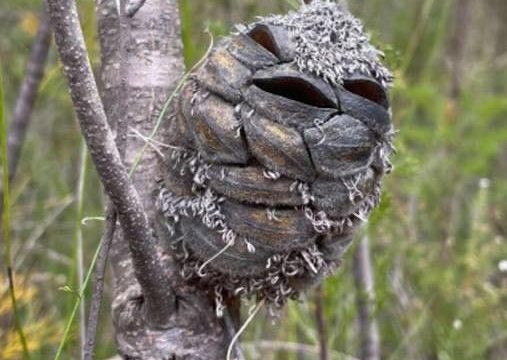Crabgrass is often dismissed as an invasive weed, frustrating homeowners and gardeners with its rapid spread. However, a closer look reveals that this resilient plant offers numerous benefits, from its nutritional value to its environmental and agricultural contributions. Here’s why crabgrass deserves a second chance and how it can be more than just an unwanted visitor in your yard.

Nutritional Value of Crabgrass
Rich in Nutrients
Crabgrass seeds are packed with essential nutrients, making them a surprisingly valuable addition to certain diets. Key components include:
- Proteins: Necessary for muscle growth and repair.
- Vitamins: Particularly vitamin E, which supports skin health and immune function.
- Minerals: Such as magnesium, calcium, and potassium, crucial for bone health, muscle function, and overall wellness.
Edible Leaves and Seeds
In various cultures, crabgrass is used as a food source. The young leaves can be eaten raw in salads or cooked as a leafy vegetable, while the seeds are often ground into flour for baking. This versatile plant offers a sustainable, nutrient-rich alternative in regions where food diversity is essential.
Environmental Benefits of Crabgrass
Erosion Control
Crabgrass has a dense and robust root system that stabilizes soil and prevents erosion. Its quick growth and ground-covering ability make it ideal for slopes or areas where soil integrity is at risk.
Drought Tolerance
Unlike many other grasses, crabgrass thrives in dry conditions, making it a valuable plant for arid and semi-arid regions. Its ability to maintain green cover under extreme conditions helps prevent soil degradation and supports environmental resilience.
Agricultural Benefits of Crabgrass
Forage for Livestock
Crabgrass provides a nutritious and palatable forage option for livestock, particularly during summer when other forages are less available. Its benefits include:
- High Digestibility: Ensures livestock can easily consume and benefit from its nutrients.
- Palatability: Animals like cattle, goats, and sheep readily eat crabgrass, making it an excellent supplemental fodder source.
Effective Cover Crop
As a cover crop, crabgrass improves soil fertility by increasing organic matter and promoting microbial activity. Its rapid growth suppresses other weeds naturally, reducing the reliance on chemical herbicides.
Medicinal Uses of Crabgrass
Traditional Medicine
Crabgrass has long been used in traditional medicine for its healing properties, including:
- Diuretic Effects: Helps flush toxins from the body by increasing urine production.
- Anti-inflammatory Benefits: Reduces swelling and pain in conditions such as arthritis.
These properties make crabgrass a valuable herb in traditional remedies, further showcasing its diverse applications.
Managing Crabgrass Effectively
While crabgrass has many benefits, it can be invasive and difficult to manage in lawns or gardens where uniformity is preferred. Here are practical ways to control it:
Cultural Control
- Mowing: Regular mowing at the appropriate height prevents crabgrass from producing seeds.
- Watering: Deep, infrequent watering promotes the growth of deeper-rooted grasses, outcompeting crabgrass.
Mechanical Control
- Hand Pulling: For small infestations, hand-pulling is effective, especially in moist soil.
- Tilling: Disrupting the soil can help remove young crabgrass plants before they establish.
Chemical Control
- Pre-emergent Herbicides: Applying these in early spring prevents crabgrass seeds from germinating.
- Post-emergent Herbicides: Use these to target existing plants, ensuring proper application according to label instructions.
Rethinking Crabgrass: A Sustainable Ally
Often labeled a nuisance, crabgrass has untapped potential that can benefit both the environment and agriculture. By understanding its positive attributes, such as its nutritional value, erosion control capabilities, and role in traditional medicine, we can embrace crabgrass as more than a weed. With proper management, crabgrass can be a sustainable solution in various contexts, offering both ecological and economic benefits.
Instead of viewing crabgrass as an adversary, consider its role in promoting a resilient and sustainable environment. This underestimated plant might just become one of nature’s greatest allies.





